Some mysteries are just waiting to be solved – and some end up revealing themselves. When the King of England, Richard III, was thrown into his grave 500 years ago, it started one of the biggest mysteries of all time. Centuries of lies, rumours, myths and mistakes led to his burial site becoming shrouded in mystery, and the question was: Where did he go? All of this led one lady to a small parking lot in England, where all of sudden, an enormous clue revealed itself. It was the letter ‘R’, hand painted on the ground.
This is the story of how one of England’s most famous Kings vanished, and the incredible work and technology that went into tracking him down and proving it was really him.
King Richard III’s death
When the battle of Bosworth came to an end, Richard III was found dead, with multiple injuries to his head. His enemy, Henry Tudor, immediately declared himself King, and Richard’s body was taken off to the town of Leicester and put on display for the whole town to see. According to records, he was buried, unceremoniously beneath the Grey Friars church and a monument was eventually placed above his grave.
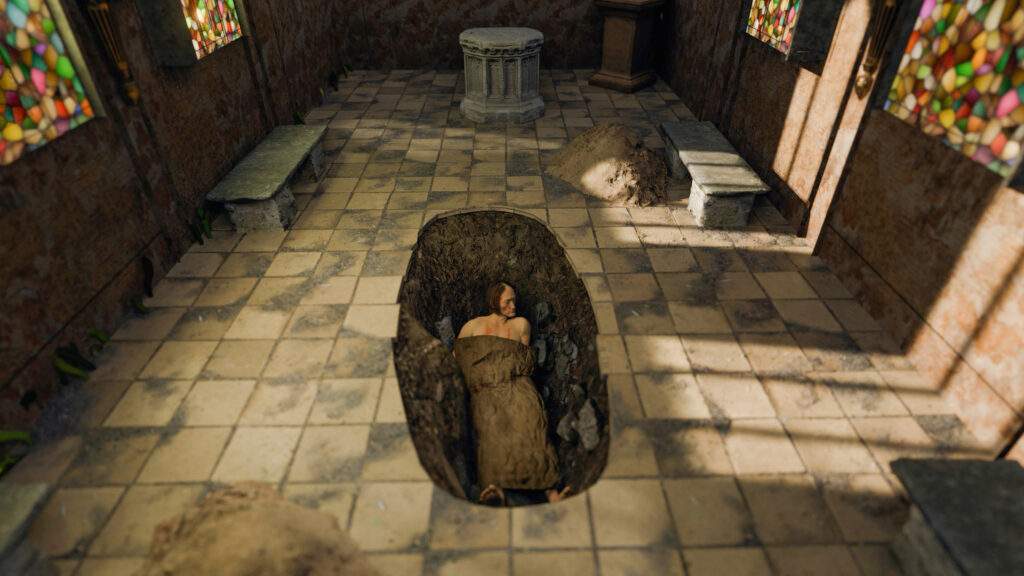
But 40 years later, Henry VIII began taking down the catholic church – and in just 5 years, every church across the country was shut down, and many were demolished, including Grey Friars. The land where it once stood was eventually bought by the Mayor of Leicester, and a mansion was built on top of the site. Although the monument had been destroyed, the Mayor knew exactly where Richard was located, and so he placed his own monument to mark the spot.
The bridge theory
But in 1611, a story was published that would completely alter the course of this mystery. Written by historian John Speed, it stated that when the church was demolished, Richard’s body had been taken out by an angry mob and buried under the nearby Bow Bridge.
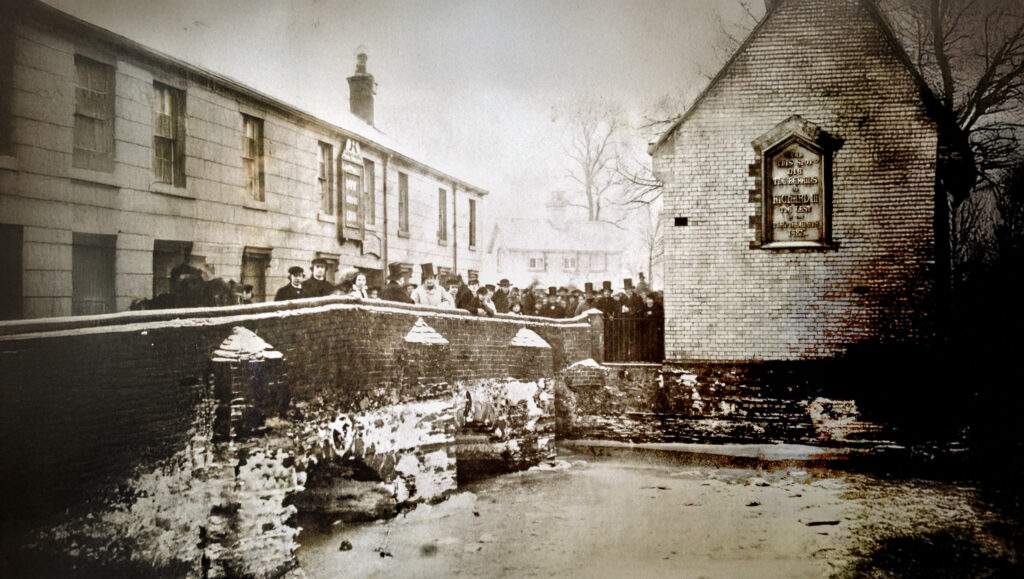
Although it wasn’t clear where this story came from, people started to believe it – and over time, it became the truth. By the 1800’s, everyone knew this story, and eventually, a plaque was placed next to the bridge to mark the spot of Richard’s burial. A few years later, a skeleton was found in the river, and people believed they had actually found the body of Richard III.
By the 21st century, the actual whereabouts of the king were a complete mystery. The Mayor’s Mansion that once marked his grave was long gone, and the original Grey Friars church was now buried under several layers of buildings. But in the early 2000’s, members of the Richard III society started looking for him.
The search for Richard III begins
In order to find Richard III, the search team had to go back through the history books, and figure out what really happened after he was buried. They started looking into John Speed’s story of Richard being buried under the bridge, and that’s when they came across something really interesting.
John had traveled to Leicester in 1611 to look for Richard’s grave and to make a detailed map of the city. But when he got there, all he found was an overgrown field and no monument. The search team took a closer look at his map and they realized that the Grey Friars church had been drawn in the wrong location, and it had actually been drawn in the location of the similarly named Blackfriars church.
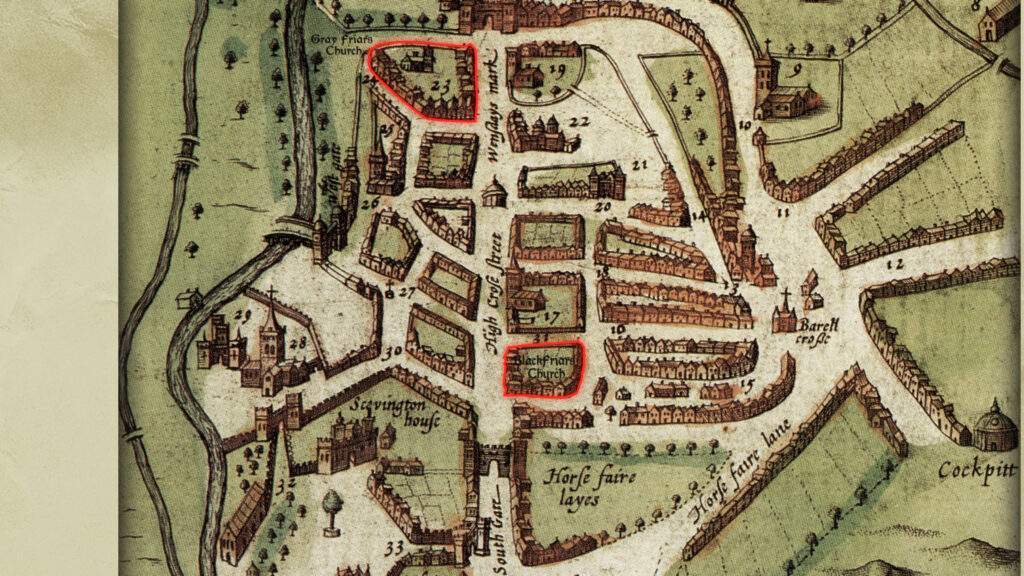
Speed had clearly gone to the wrong church and that’s why he didn’t find a grave. If he had gone to the right place, he would have come across the Mayor’s mansion with a monument marking the exact spot where Richard lay. Since he hadn’t found a grave, he invented the story of Richard being buried under the bridge. This was most likely inspired by the real story of a local priest who actually was dug up and thrown in the river years before.
Looking for the Grey Friars church
All of this proved that Speed’s story, which had been believed for hundreds of years, was actually false, and the team could focus their efforts on looking for the Grey Friars church. But any evidence of the church had long since been covered by buildings, and so finding it would be a huge challenge.
The earliest map that showed any detail was from 1741, and it showed the Grey Friars area, which at that point contained the Mayor’s mansion and the surrounding gardens. The monument that once marked Richard’s grave would have stood somewhere in this area.
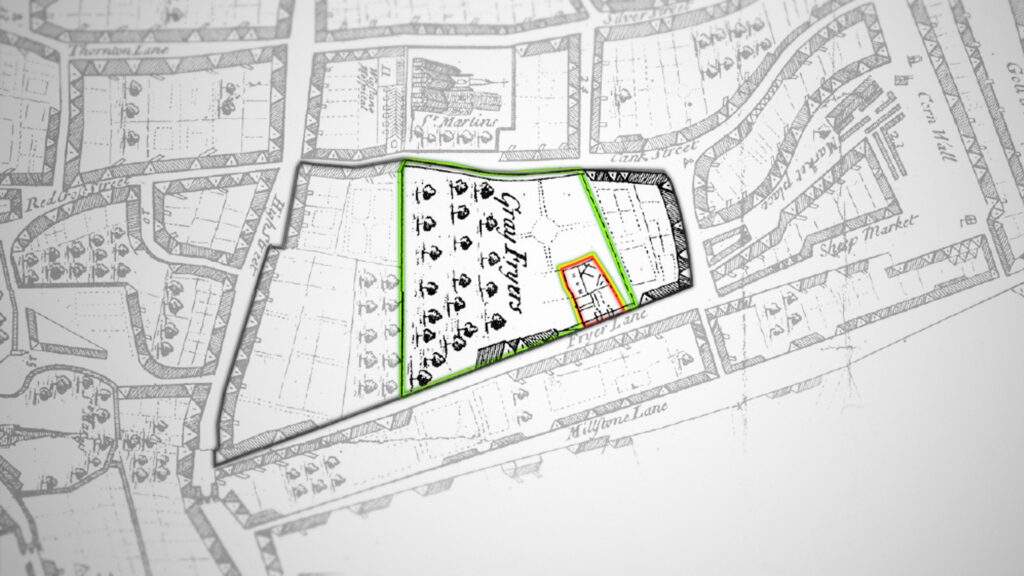
By overlaying more modern maps, it showed that a road was eventually built through the area, and today’s buildings had been built on top of the gardens. By the 21st century, the Grey Friars area had been almost completely covered by buildings, and the remaining bits of land had been turned into parking lots.
The parking lot
In 2004, as part of her research, Philipa Langley who was leading the search visited Leicester. Her trip proved fruitless, but as she was about to leave, she noticed a private parking lot with a barrier and felt an overwhelming urge to go inside.
As Langley said, “In the second parking bay, I just felt I was walking on his grave, I can’t explain it.”
A year later, Langley returned to this parking lot to investigate the intense feeling she had felt. When she was there, she had a strong feeling that she was in the right place – and then, as if by magic, a sign revealed itself. Someone had spray painted a large letter ‘R’ over one of the parking bays. Although this ‘R’ was obviously just a reserved parking spot, she felt like this was the place to start digging.
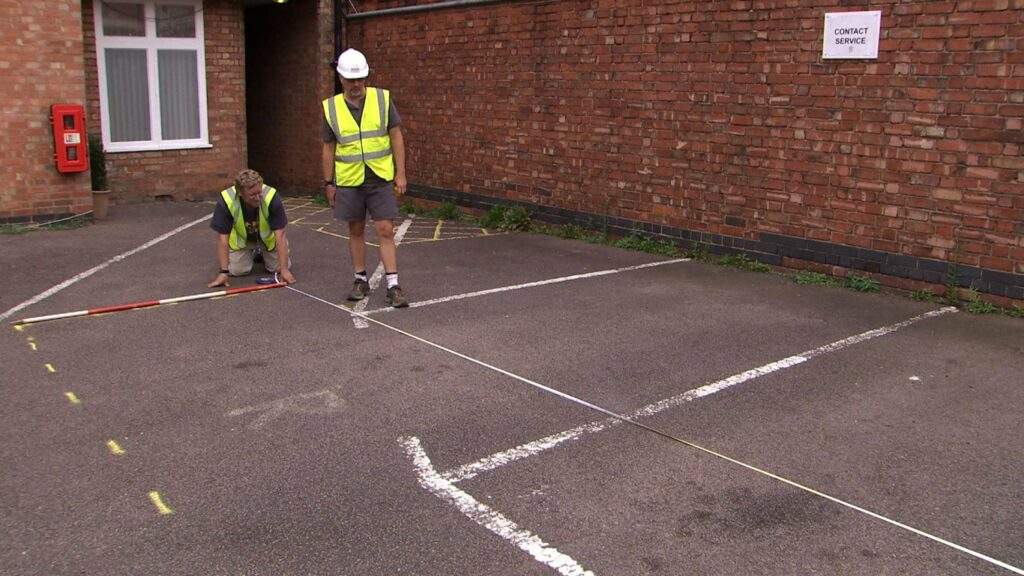
And so, several years later, a team of archeologists led by Philipa finally got permission to dig. But they only had enough money to dig up a fraction of the parking lot, and so they had to be very efficient. They knew that churches were typically positioned from east to west. And so, to maximize their chances of finding a wall, they planned to dig 3 trenches that would hopefully overlap part of the church.
Finding a skeleton
On the 25th of August, exactly 527 to the day since Richard was buried, the team started digging the first trench. The whole project was expected to take around 2 weeks, and the chances of actually finding a grave seemed almost impossible. But amazingly, just 6 hours into the first day, they came across a skeleton, just a few meters away from the letter ‘R’.
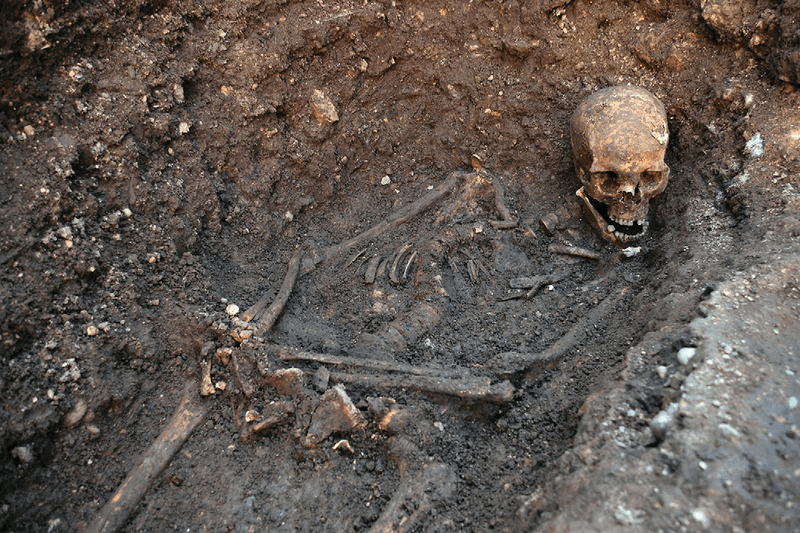
It had major damage to the skull and a uniquely curved spine. Richard was often referred to as a hunchback, with one shoulder being higher than the other. This curved spine and the damage to the skull was a big sign that they had just found Richard III. But in order to really prove it was him, the team had to use every modern technique imaginable.
DNA testing
One method was to take DNA from the skeleton and see if it matched with a known descendant of Richard III. One of the best chances was to look for the mitochondrial DNA – but this type of DNA only gets passed down by mothers. And so, the team had to hope that there was an unbroken line of female generations that led all the way to Richard III. Amazingly, there was.
By looking instead at Richard III’s sister, they were able to track down 16 generations of females, all the way to a woman called Joy Brown. Sadly, she had passed away, but her son Michael Ibsen was still alive. The same DNA that Richard got from his mother should have also been passed down to Michael Ibsen. But if just one of these points in the family tree was incorrect, it would throw the whole thing off.
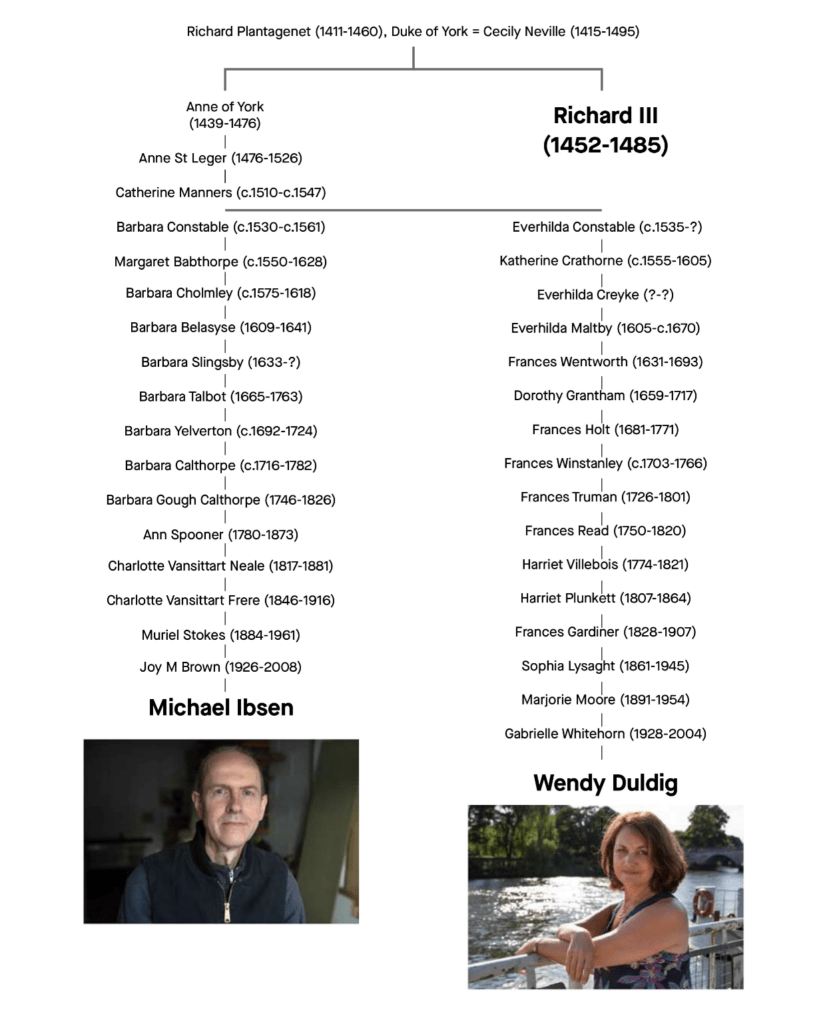
And so, to make it more certain, they traced down another line of females, which led to a woman called Wendy. By comparing her DNA with Michael’s, they were able to confirm that they were both related to each other, and therefore direct descendants of Richard III’s mother.
Carbon dating tests
Before they could get DNA from Richard’s skeleton, they sent it off to do carbon dating tests, which would determine the age of the skeleton. Our bodies all absorb carbon-14, but when we die, the carbon-14 starts to decay at a known rate. By calculating how much carbon-14 was left in the skeleton, the scientists could determine how long the body had been dead for.
As it turns out, the results initially showed that the body was a few decades older than Richard’s. But what the results also showed was that whoever this was, they had a protein-rich seafood diet, which would have only been possible for someone living a high class life.
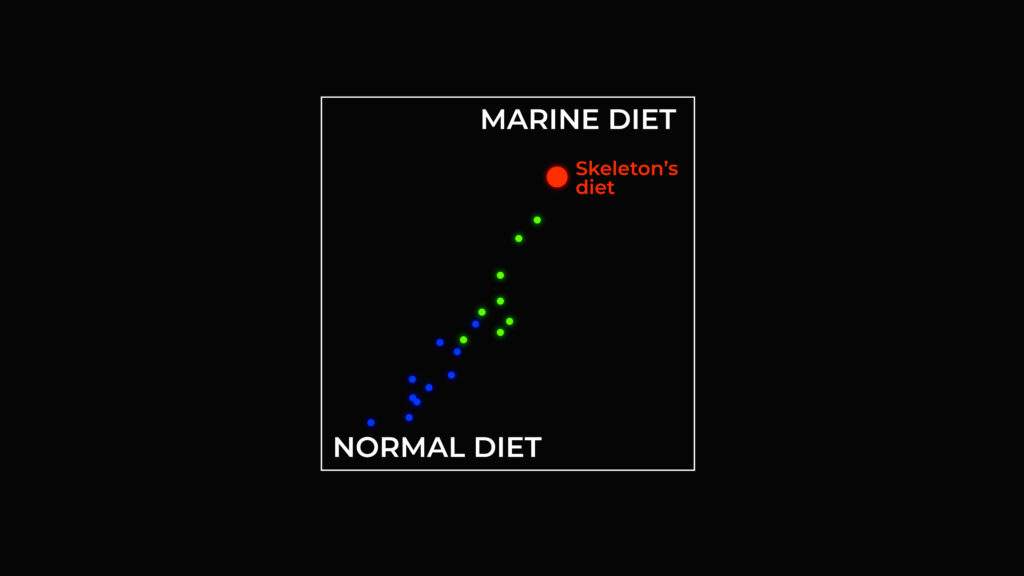
This was a crucial bit of information, because a diet like this would have altered how much carbon-14 was lost. Factoring this in, the new results showed that the skeleton was almost certainly from the time of Richard’s death.
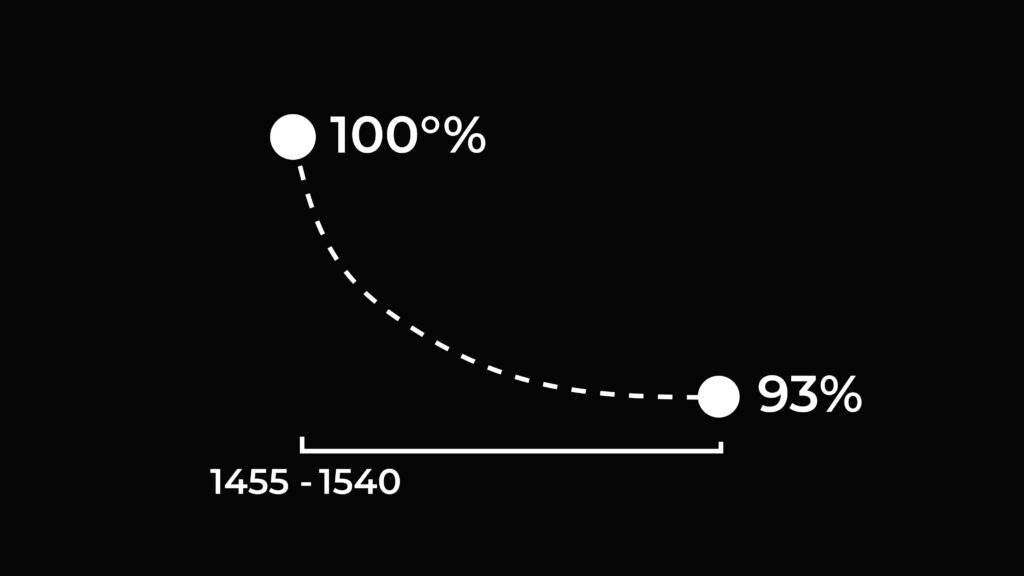
Further evidence
The skull showed signs of two lethal injuries; the bottom of the skull had been completely cut away by a sharp weapon and another weapon and pierced through the the right hand side of the skull. In another part of the skull, a pointed weapon had penetrated the top of the head.
Looking at the injuries to his head, they were able to show that two of the chunks out of his skull were done by the same weapon. Each weapon leaves a “fingerprint” and this could be seen here in the autopsy. This indicated that whoever this man was, he had been killed in battle, which matched up with the story of the King Richard.
Confirming it was Richard III
At the same time, the results from the DNA test were in, and they showed a clear match between Michael and Richard III, proving that the skeleton they had found was almost certainly King Richard III.
Every piece of evidence, the skull damage, the hunched back, the DNA and the carbon dating made it absolutely certain that the search for Richard III was over.
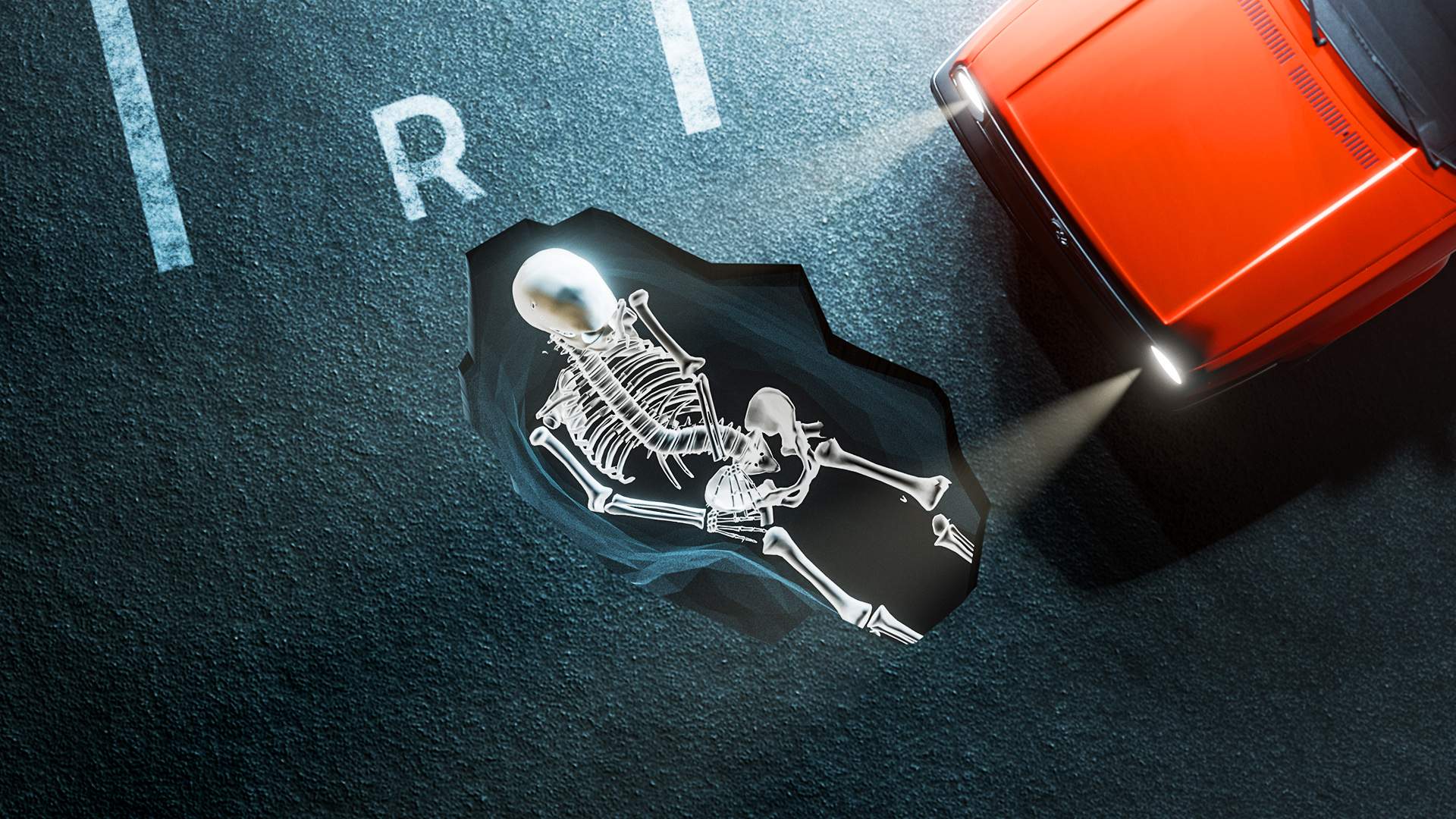





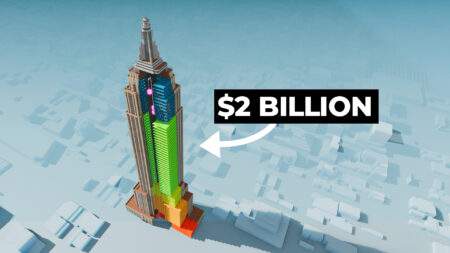
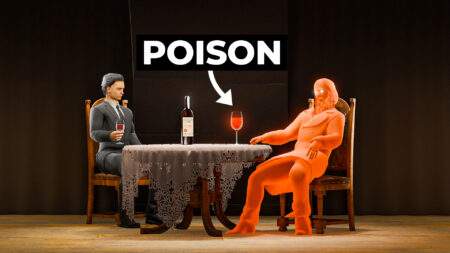
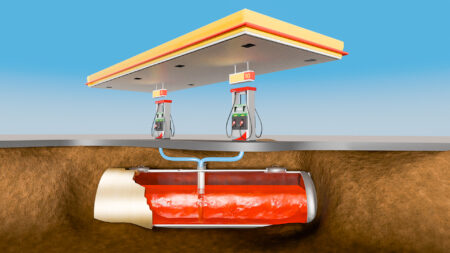

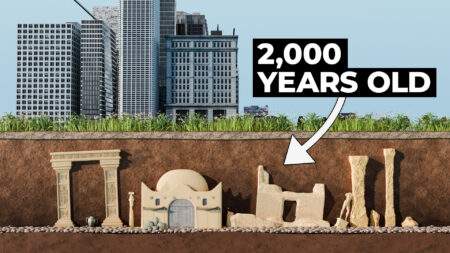
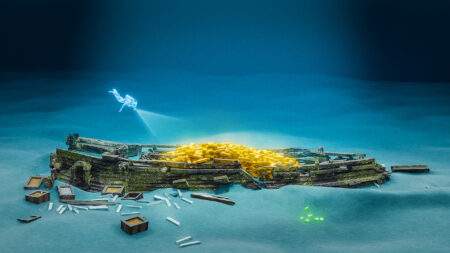
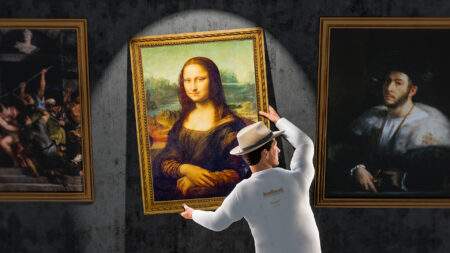
Very interesting article!